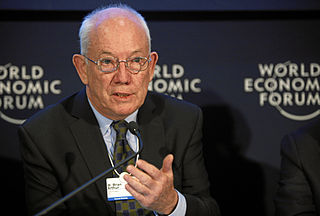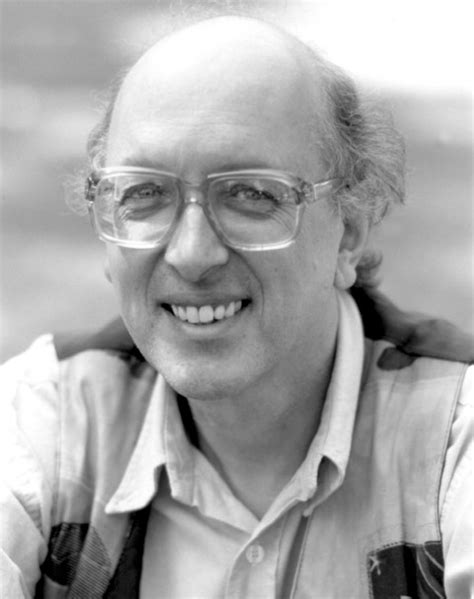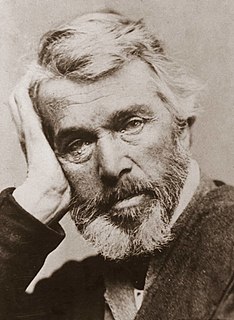A Quote by Robert M. Pirsig
Within a Metaphysics of Quality, science is a set of static intellectual patterns describing this reality, but the patterns are not the reality they describe.
Quote Topics
Related Quotes
There are only patterns, patterns on top of patterns, patterns that affect other patterns. Patterns hidden by patterns. Patterns within patterns. If you watch close, history does nothing but repeat itself. What we call chaos is just patterns we haven't recognized. What we call random is just patterns we can't decipher. what we can't understand we call nonsense. What we can't read we call gibberish. There is no free will. There are no variables.
What the Metaphysics of Quality would do is take this separate category, Quality, and show how it contains within itself both subjects and objects. The Metaphysics of Quality would show how things become enormously more coherent-fabulously more coherent-when you start with an assumption that Quality is the primary empirical reality of the world. . . . . . . but showing that, of course, was a very big job. . . .
Complexity is looking at interacting elements and asking how they form patterns and how the patterns unfold. It's important to point out that the patterns may never be finished. They're open-ended. In standard science this hit some things that most scientists have a negative reaction to. Science doesn't like perpetual novelty.
Mental patterns do not originate out of inorganic nature. They originate out of society, which originates out of inorganic nature. And, as anthropologists know so well, what a mind thinks is as dominated by biological patterns as social patterns are dominated by biological patterns and as biological patterns are dominated by inorganic patterns. There is no direct scientific connection between mind and matter. As the atomic scientist, Niels Bohr, said, "We are suspended in language." Our intellectual description of nature is always culturally derived.
It is as if the formation of patterns within the unconscious mind is accompanied by physical patterns in the outer world. In particular, as psychic patterns are on the point of reaching consciousness, the synchronicities reach their peak; moreover, they generally disappear as the individual becomes consciously aware of a new alignment of forces within his or her own personality...It is as if the internal restructuring produces external resonance, or as if a burst of 'mental energy' is propagated outward onto the world.
I do atypical work for a white person, which is that I lead primarily white audiences in discussions on race every day, in workshops all over the country. That has allowed me to observe very predictable patterns. And one of those patterns is this inability to tolerate any kind of challenge to our racial reality.





































